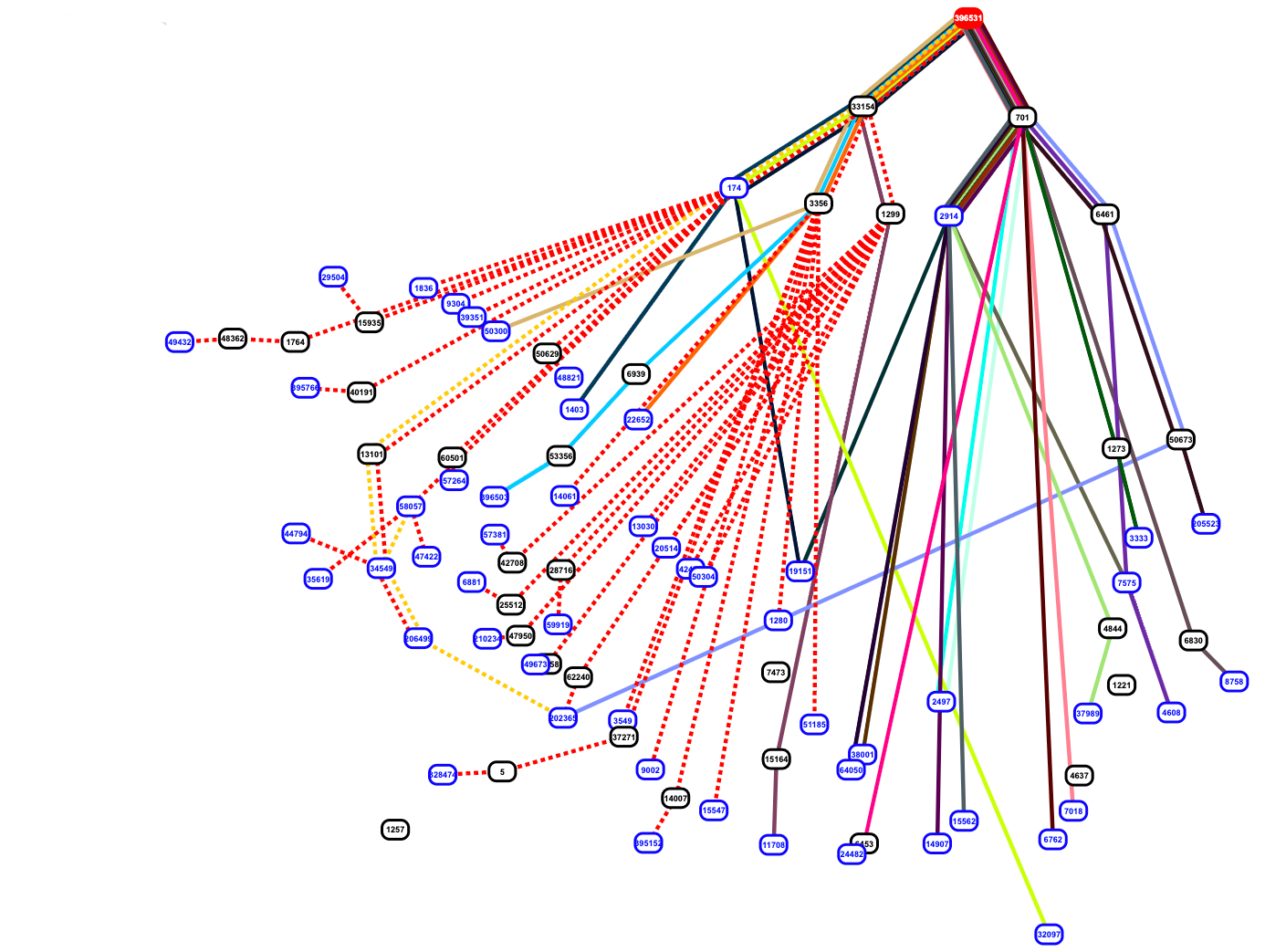BrandPost: Disruption vs integration: The case against “rip and replace”
How do you deal with change? It’s one of the questions of our era.We can see technology disruption play out in a number of industries like computing where the mainframe gave way to the PC that gave way to the smartphone. Change sneaks up on you and before you can craft a response, those new technologies disrupt your business.Networking has seen plenty of changes over the years and when they arrive they often look disruptive at the outset. When I talk to customers about SD-WAN, some ask whether SD-WAN is so disruptive they can essentially replace their MPLS backbone with a mix of broadband providers plus a commodity box– and essentially rely on the public Internet as their backbone. Some of them even have one of those boxes they are experimenting with.To read this article in full, please click here






